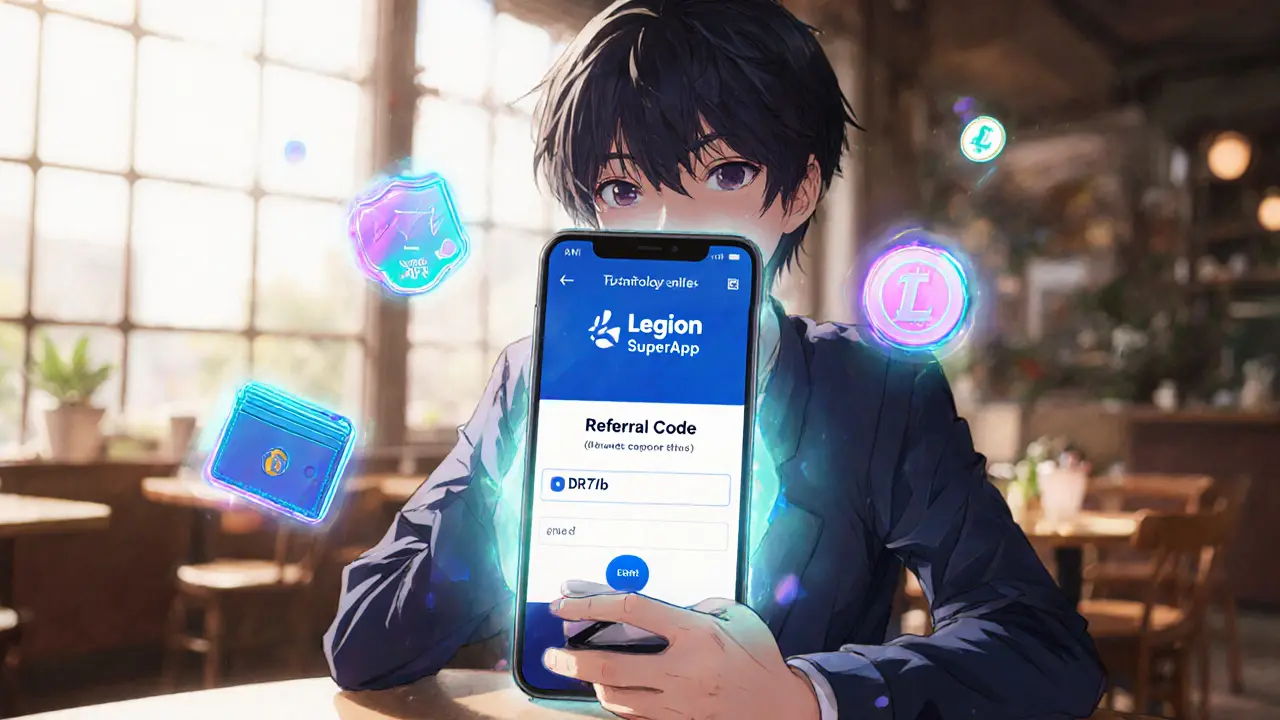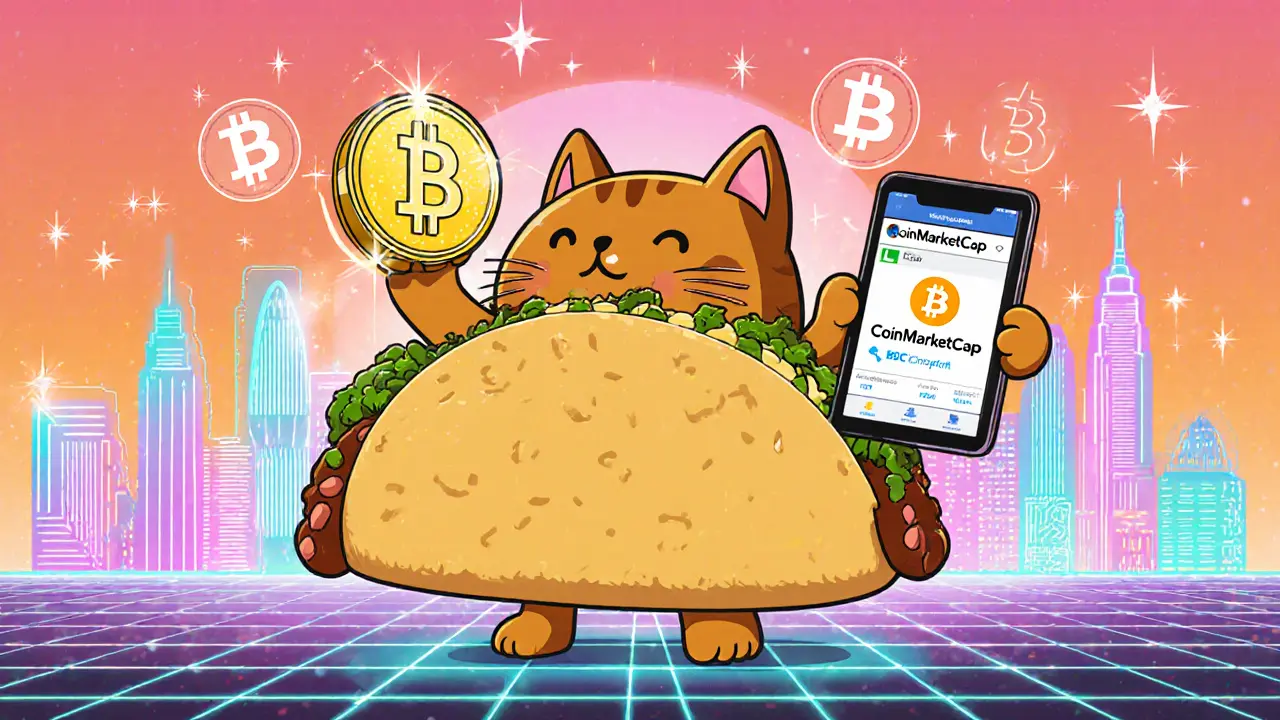Crypto Airdrop Guide
When you start exploring Crypto Airdrop Guide, a collection of tips, definitions, and step‑by‑step instructions that help you grab free crypto tokens and NFTs. Also known as airdrop walkthrough, it covers everything from eligibility snapshots to claim methods across multiple blockchains. If you’ve ever wondered why a new token shows up in your wallet without a purchase, the answer usually lies in an airdrop. Those drops can be simple token allocations, like the RACA September Star giveaway, or elaborate NFT distributions such as the Bullieverse Fresh Blood Tournament. Understanding the mechanics behind each drop saves you time, prevents scams, and lets you maximize the value you receive.
Key pieces of the puzzle
First, let’s break down NFT Airdrop, the distribution of non‑fungible tokens to community members as a reward or promotional tool. NFT airdrops differ from token airdrops because they give you a unique digital asset instead of a fungible coin. Projects like Bullieverse use NFT airdrops to grant access to in‑game items and future token rewards, while the Starchi Launch airdrop offered an ERC‑20 token alongside collectible NFTs. Knowing whether a drop is NFT‑based helps you choose the right wallet, understand gas fees, and assess the market potential of the artwork or utility attached to the NFT. Next up is the Eligibility Snapshot, the moment a blockchain records which addresses meet the criteria for a particular airdrop. Most projects snap a block height, a transaction volume, or a token balance at a specific time. If you held the required asset before the snapshot, you qualify; otherwise, you miss out. The RACA x BSC MVBIII September Star airdrop, for example, used a two‑day snapshot window, and missing that window meant no $MPB tokens. Grasping how snapshots work lets you plan ahead—maybe by moving tokens into a supporting wallet or by timing your trades to hit the cutoff. Finally, the token claim process is where most users trip up. After the snapshot, projects often require a claim action on a web form, a smart‑contract interaction, or a wallet signature. The SteakBank Finance airdrop demanded a manual claim on the BSC network, while the Cannumo (CANU) launch let users auto‑claim via a dedicated portal. Each method carries different risks: phishing sites, high gas fees, or missing deadlines. Our guide walks you through verifying official sources, estimating gas, and safely executing the claim. Across the articles linked below you’ll see these three pillars—NFT Airdrop, Eligibility Snapshot, and Claim Process—repeated in real‑world examples. From the Bullieverse Fresh Blood tournament to the Starchi Launch on BSCStarter, every case study shows how a solid understanding of these elements turns a vague promise of free tokens into a concrete win. You’ll also learn how to spot red flags, such as unusually high gas requirements or requests for private keys, which are common tricks used by scammers. Now that the core concepts are clear, you’re ready to dive into the detailed guides. Below you’ll find step‑by‑step instructions, risk checklists, and tool recommendations for each recent airdrop we’ve covered. Use them to verify eligibility, claim safely, and evaluate the long‑term value of the tokens you receive.
- May 2, 2025
- Comments 25
- Cryptocurrency
PearDAO (PEX) Airdrop Campaign: Complete Guide and Details
- October 20, 2024
- Comments 20
- Cryptocurrency
Legion SuperApp (LGX) Airdrop Details: How to Claim, Referral Rewards & Token Insights
- October 19, 2024
- Comments 18
- Cryptocurrency



